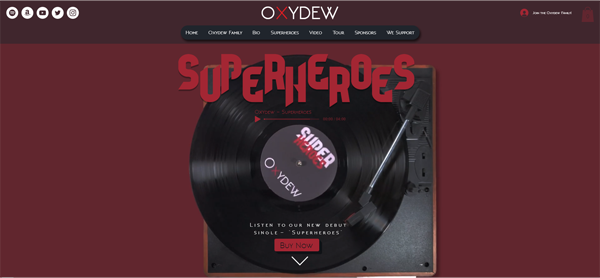Big Hero 6 is a movie created by Walt Disney Animation Studios and distributed by Walt Disney Studios Motion Pictures. The narrative is about a boy named Hiro Hamada, who receives a robot named Baymax from his brother after he dies in a fire. Hiro is a robotics inventor and creates a project consisting of magnets called "Microbots" to apply for a university. Shortly afterwards, Hiro finds out that his "Microbots" have been used to by a mysterious man in a mask. To combat this, Hiro and his friends arm up with their own inventions to fight the villain.
The trailer starts off with a Disney title to instantly capture the attention of Disney fans. It then cuts to an establishing LS of the setting; a city named San Fransokyo. Furthermore, there is an information graphic, informing the audience that the next shots are set in "San Fransokyo Police Dept." The establishing shots are then followed by a conversation between Hiro, the protagonist, and a police officer. The trailer provides exposition through the conversation between the two characters, telling the audience about "a man in a kabuki mask". This scene also introduces the robot Baymax, who stands next to Hiro and suggests that he is a helper role.
The trailer utilises cross-cutting to add context to Hiro's statement and makes the audience believe Hiro. This juxtaposes with the uninterested face of the police officer who clearly doesn't believe him, creating an awkward situation that is funny to the audience. The calm detective music contrasts with the intense battle music in the villain shots and the urgency in Hiro's voice, implying that the police will be no help to him. When the police officer turns around to get the clipboard, telling Hiro to "write his name and number", Hiro and Baymax both disappear. This indicates that they are in a hurry, and will likely take the matter into their own hands.
Another intertitle follows, with the text: "From the creators of Wreck-it Ralph and Frozen", which appeals to the audience of those successful films. Then the trailer music starts getting faster and the shots are put together in a montage, showing Hiro create a suit for Baymax and encountering the villain with Hiro's friends. This creates tension and immerses the audience in the fights with the villain. The montage also shows Baymax protecting Hiro from a fall after being blasted out of a window, which improves the relationship between them and makes the audience empathise with them. The trailer transitions between each scene through the use of intertitles, which maintains continuity of each scene.
Baymax is also used as a comedy device throughout the trailer, such as the shot with it using sellotape to fix his punctures. The music stops to increase the awkwardness and disbelief from the police officer and Hiro and the shot duration is excessively long to add comedy. In addition, comedy is created at the end of the trailer with Baymax acting immature and goofy because he is at low battery and the "hairy baby" shot. This keeps the whole trailer lighthearted, which appeals to the main target audience of young children.



